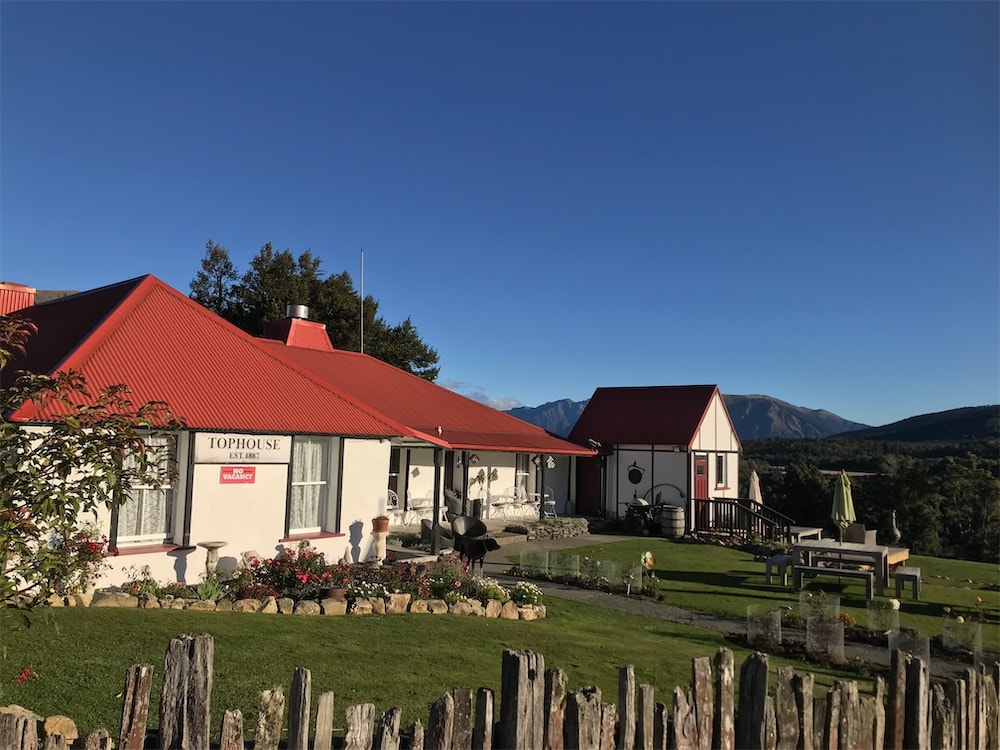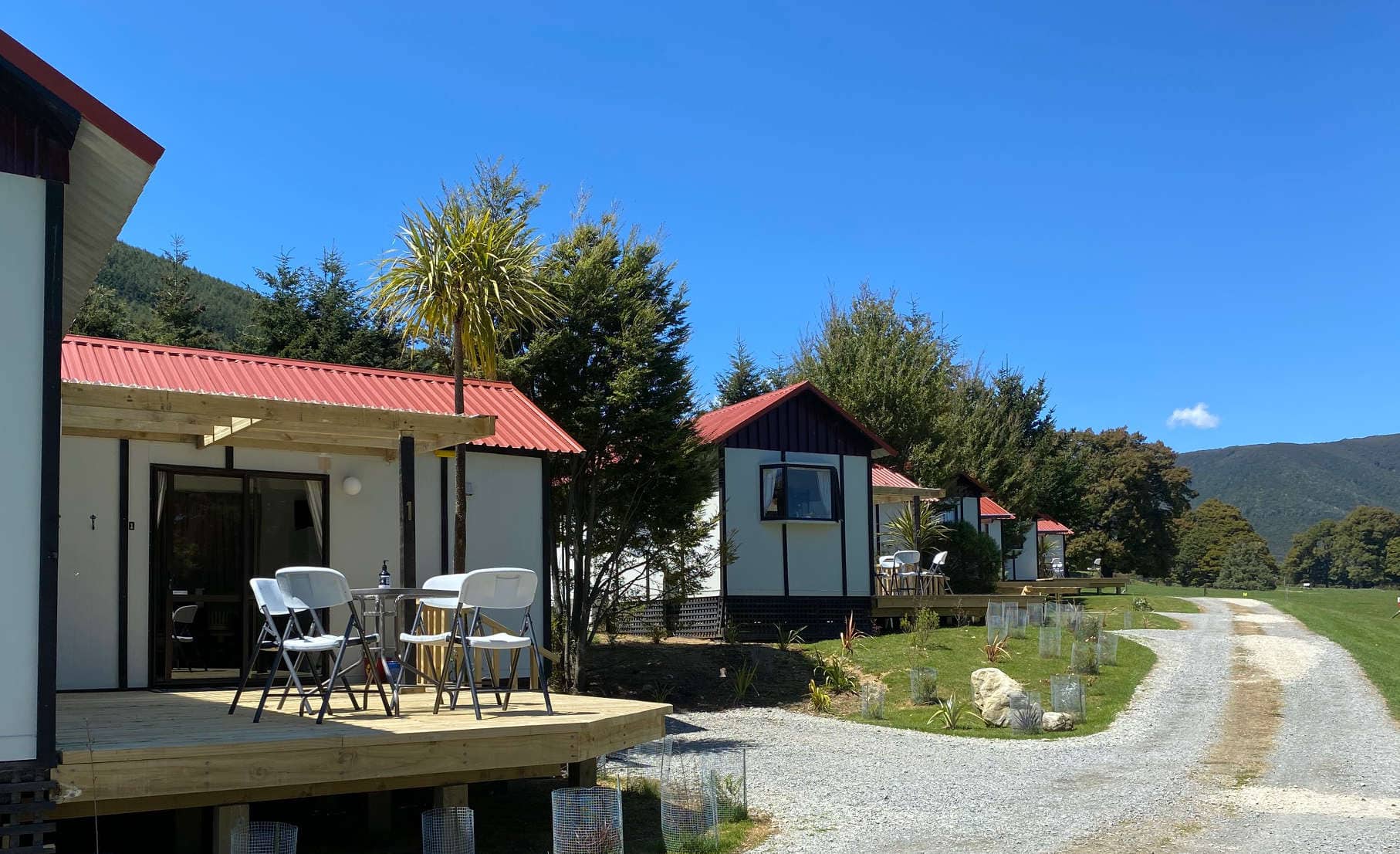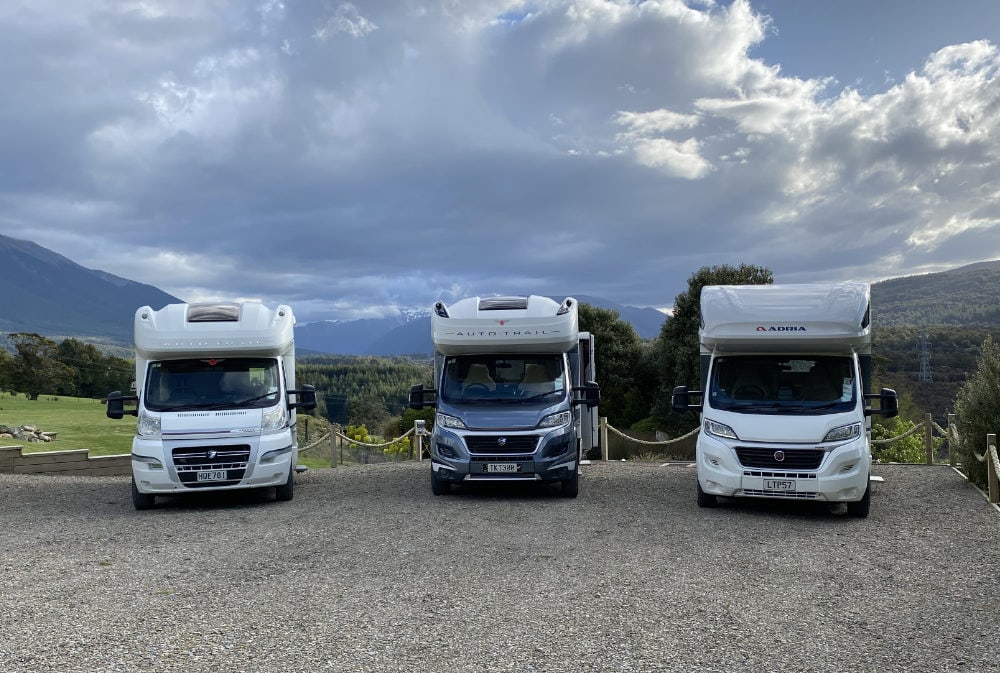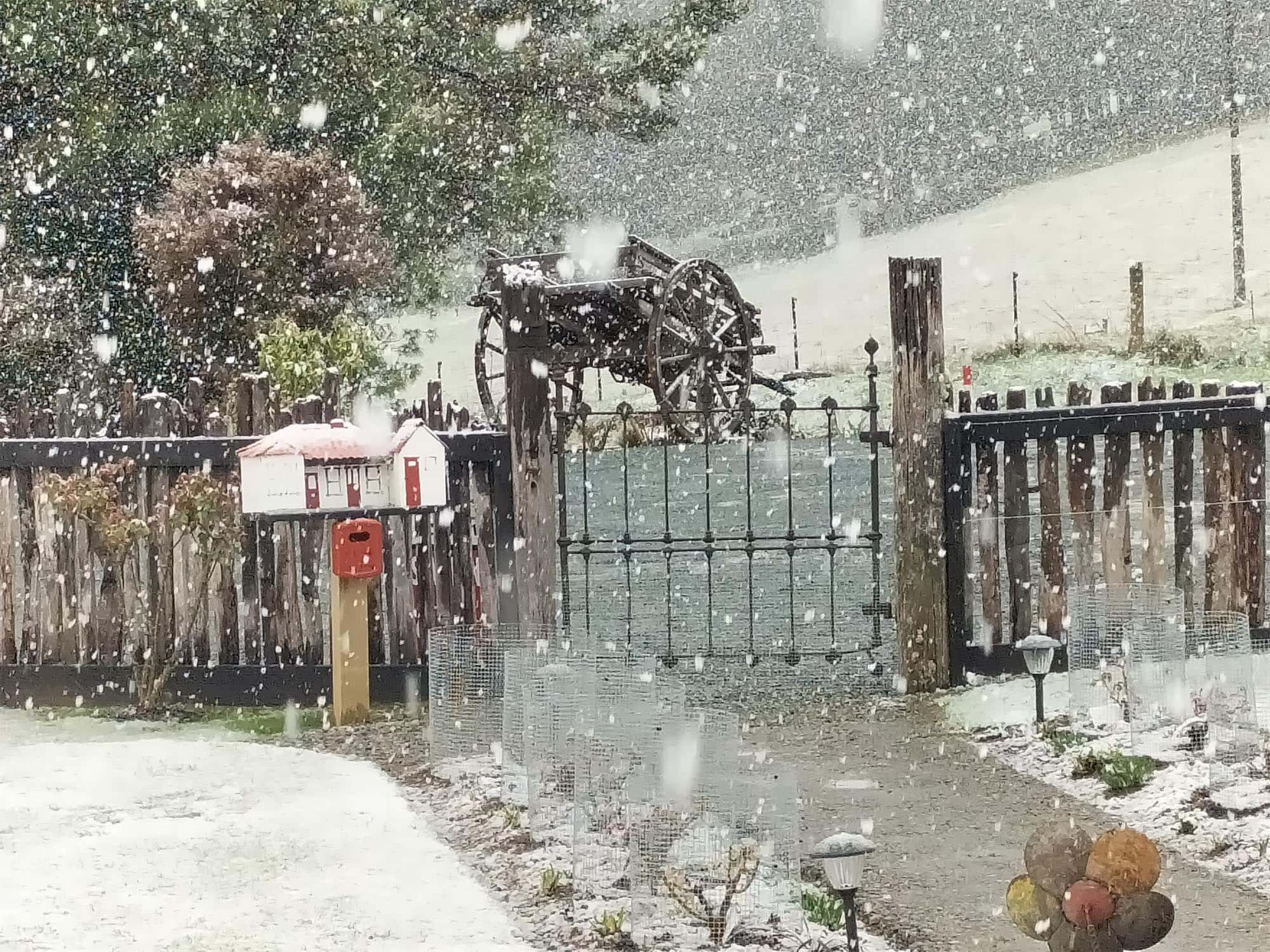
Est 1887
About Tophouse
Welcome to Tophouse Inn, a heritage-listed boutique hotel in the Tasman district of New Zealand’s South Island
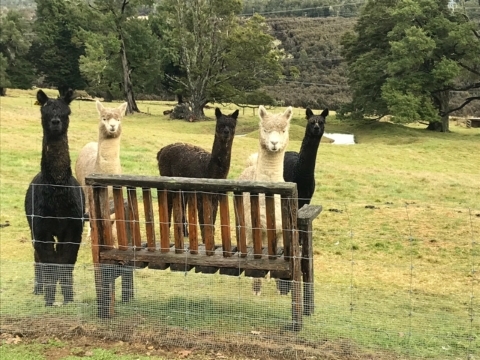
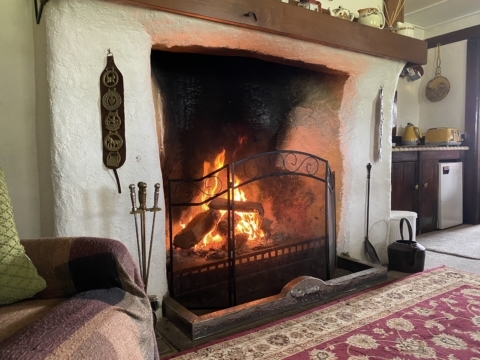
Meet your hosts, Helen and Clint Brough.
Only somewhere as fantastic as Tophouse could have lured us away from the Kina beach lifestyle we both loved. When Clint’s dad—who had a bach at the other end of Tophouse Road—learned the place was up for sale in late 2020, he convinced us to take a look at this lovely old inn with its well-appointed cottages and resident ghost.
It was love at first sight.
We took possession of Tophouse Inn on 1 April 2021. We brought with us a spirit of adventure, a great set of skills, Helen’s mum Pam, and Marlee the dog. We truly are a family business!
Tophouse was built to offer a warm welcome. A bed for the night. Great food. Companionship over a drink. For as long as this special place is in our care, we’ll keep that tradition alive. And we want your stay here to be one of the best experiences you’ve ever had.
Tophouse Inn isn’t just our business; it’s also our home. We can’t wait to share it with you.
Our accomodation
Originally built 1847
The Early Days
Pencil sketch by J.C. Richmond of the second Top House in 1863. Sketch housed in the Nelson Provincial Museum.
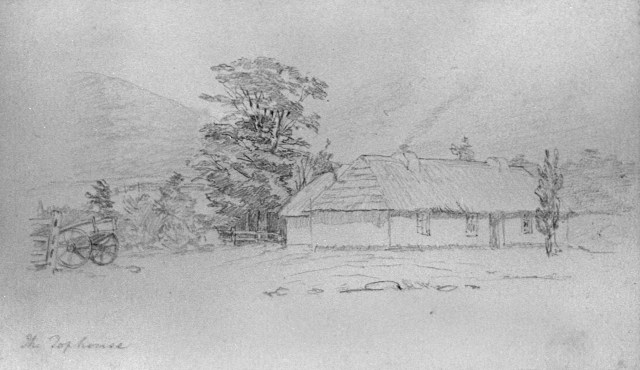
Discovered in 1842 by surveryor John Cotterell, the Tophouse Pass (now Wairau Pass) became the main inland route between Nelson and Canterbury. Hotels and accommodation houses were built along the route to service sheep drovers and other travellers.
The original Top House, a cob building with a thatched roof, was located a few hundred metres west of the old Red Hills buildings and dates back to 1847. It was superseded around 1859 by a second accommodation house located just inside the present-day turnoff from State Highway 63 to the Rainbow Ski Area. This second Top House was also known as Weisen’s, named for long-time licensee, Adolph Weisenhavern.
Nathaniel Longney of Nelson took over the Top House but following a damning report about its condition in 1886, he contracted master cob builder Ned James to build the Tophouse Accommodation House on its current site. Situated close to the junction of the West Coast road and next door to the telegraph office, it catered to the coach trade as well as its traditional patrons.
Longney did a roaring trade and prospered. However, in October 1894, Tophouse was the setting for one of early New Zealand’s grisliest crimes.
Oct 1894
The Tophouse Tragedy
Telegraph House, circa 1880
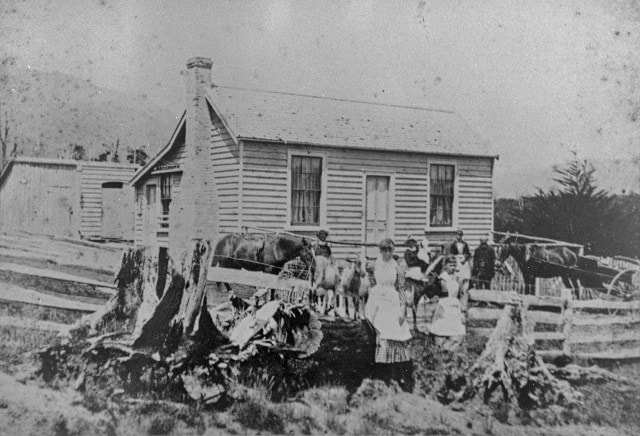
William “Bill” Bateman was the brother of Nathaniel Longney’s wife, Louisa. Bill was smitten with Catherine Wylie, governess to the Longney’s children. He’d been trying unsuccessfully to woo her for quite some time when he learned that Catherine preferred John Lane, the popular young manager at Tophouse. Lane was reportedly a cousin of the Longneys’, although reports differ as to which of them he was related.
At the time of the tragedy, Nathaniel and Louisa were on holiday in Blenheim, having left their children in Catherine Wylie’s care. On Thursday, 4 October 1894, Bill Bateman travelled to Tophouse from Wakefield. That night, he shot and killed both John Lane and telegraph linesman, William Wallis (presumably to prevent the latter from notifying the authorities). He also threatened Catherine Wylie, who managed to escape with the children to the telegraph office. Wallis’ wife was beside herself with fear, having heard the shot that killed her husband.
Mrs Wallis managed to send a call for help to Nelson before Bateman cut the wires.The women boarded themselves in the house and cowered while Bateman attempted to break in.
When police arrived late the following day, they found the bodies of the murdered men, along with that of Bateman. He was on the verandah with an empty bottle of whiskey beside him. That morning, he’d propped up his rifle, put the barrel in his mouth and pulled the trigger with his big toe. The shot holes in the eaves of the verandah are still visible today.
The Longneys sold Tophouse less than a year later. It was bought in 1899 by the Tomlinson family, who ran it successfully for 20 years.

